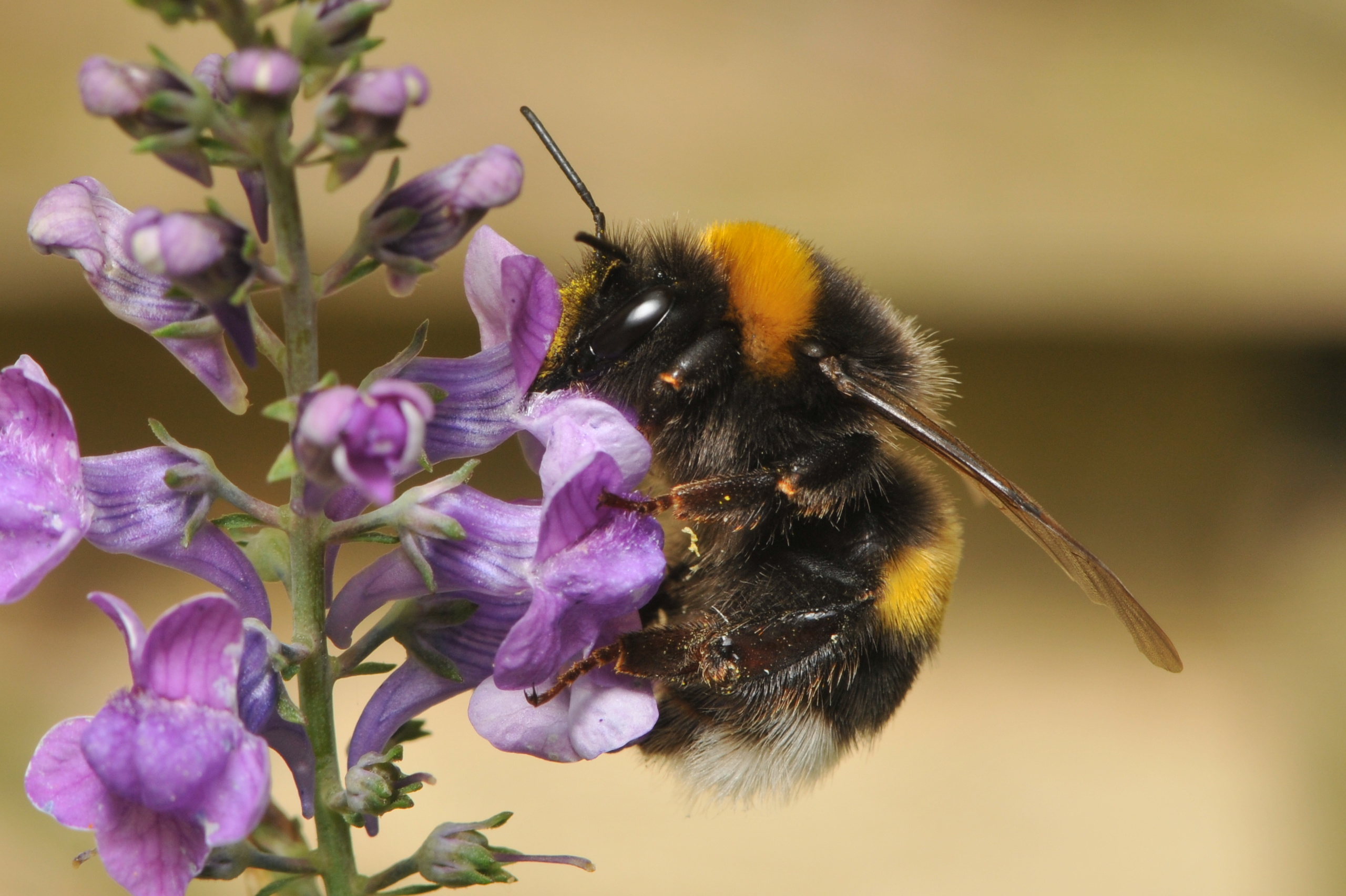Honeybee Regional Accents: Do They Exist?
July 24, 2016
While many likely don’t know it, honeybees and every other bee species make various humming noises, rather than just the low buzzing sound people recognize when the bees are flying around foraging for nectar. Those additional sounds can be heard depending on what is happening in or around the hive—for instance, when the hive is under attack or bees get disrupted while foraging for nectar to make their honey stores, they make a piping noise. They have also been known to rub their back legs together to call missing bees back to the hive, and scientists now think bees emit a low hum while "waggle dancing," which is the figure-eight movement that shows other bees, as a form of navigation where the best flowers are.
In addition to those basic sounds, however, scientists at Wales’s University of Cardiff are trying to discover if honeybees have regional "accents," buzzing at higher or lower pitches depending on their location. “We are very interested in the sounds the bees make,” says Les Baillie, a microbiology professor at Cardiff. “Beekeepers can tell when their bees are happy or angry or if they have been disturbed. They make different sounds when they are about to go swarming and all sorts of sounds when queens are competing…The different noises give us an idea what’s going on in the hive, but we started to wonder whether those sounds differed between regions. Could bees be making different noises depending on where their hive is?”
Previous studies on other animals inform the Cardiff scientists in their endeavor and provide likelihood and possibility, these studies in which the animals were thought to have accents by how they communicated. One recent study on wolves revealed they have different sounds and calls based their breed and location—Cambridge University researchers pinpointed 21 types of howls to find they corresponded to specific wolf subspecies as well as jackals and domestic dogs. In November 2013, experts found that dolphins living in pods in certain areas off the coast of the UK communicated with unique sounds. And the University of Lund in Sweden has also launched a five-year project to determine whether or not cats have regional dialects.
Baillie and other scientists already know different species of bees and even honeybee subspecies specifically make different sounds or have different accents, but to get a better idea, Cardiff researchers are inviting beekeepers to record their hives to pick up the bees’ sounds and possible regional variations. They have already asked more than 3,000 beekeepers in Wales specifically to record their hives and send in audio files for analysis.
If accents are in fact detected, then the Cardiff researchers plan to expand the project to 40,000 hives across the UK in order to get as wide a sampling as possible and therefore greater certainty in the project’s results.


.jpg)



